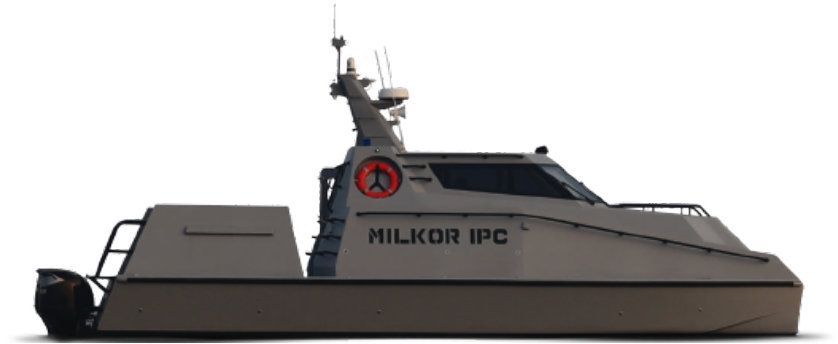
Business Models Fueling Success in Marine Companies
Marine companies are essential players in the global economy, responsible for transporting goods and people across major waterways. With an extensive network of ports, shipping lanes, and vessels, these companies have become a vital part of international trade.
However, running successful marine companies in Dubai requires more than just owning ships and hiring crew members. It also involves implementing efficient business models that fuel growth and profitability. In this article, we will explore some of the most effective business models used by marine companies to achieve success.
- Asset-Based Model
The asset-based model is the most traditional business model used in the maritime industry. It involves owning and operating physical assets such as vessels, ports, and terminals to generate revenue. The success of this model depends on the company’s ability to efficiently manage its assets, minimize operational costs, and maintain a high level of customer satisfaction.
One of the key advantages of this model is that it provides complete control over all aspects of operations. Companies can make strategic decisions on vessel routes, cargo types, and pricing without relying on third-party entities. However, it also requires significant upfront investments in purchasing or leasing assets, which can be a barrier for smaller companies.
- Chartering Model
The chartering model is a popular alternative to the asset-based model, especially for companies that do not have the financial resources to own and operate their vessels. In this model, marine companies lease ships from owners or other charterers on a short-term or long-term basis. They then sub-charter the vessels to customers for specific routes or periods, earning a profit margin on the difference between the two rates.
This model allows companies to offer a more diverse range of services without owning assets and taking on significant financial risks. However, it also involves higher operational costs, as the company must pay charter fees even if the vessel is not fully utilized. Additionally, fluctuations in charter rates can significantly impact profitability.
- Integrated Model
The integrated model is a hybrid of the asset-based and chartering models, where companies own some vessels while leasing others from external parties. This approach allows companies to maximize their operational flexibility by owning key assets while relying on external resources for additional capacity or specialized services.
One of the main benefits of this model is that it allows companies to maintain control over critical aspects of their operations while minimizing financial risks and operational costs. However, this model requires a high level of expertise in managing both owned and leased vessels, as well as complex logistics and supply chain planning.





